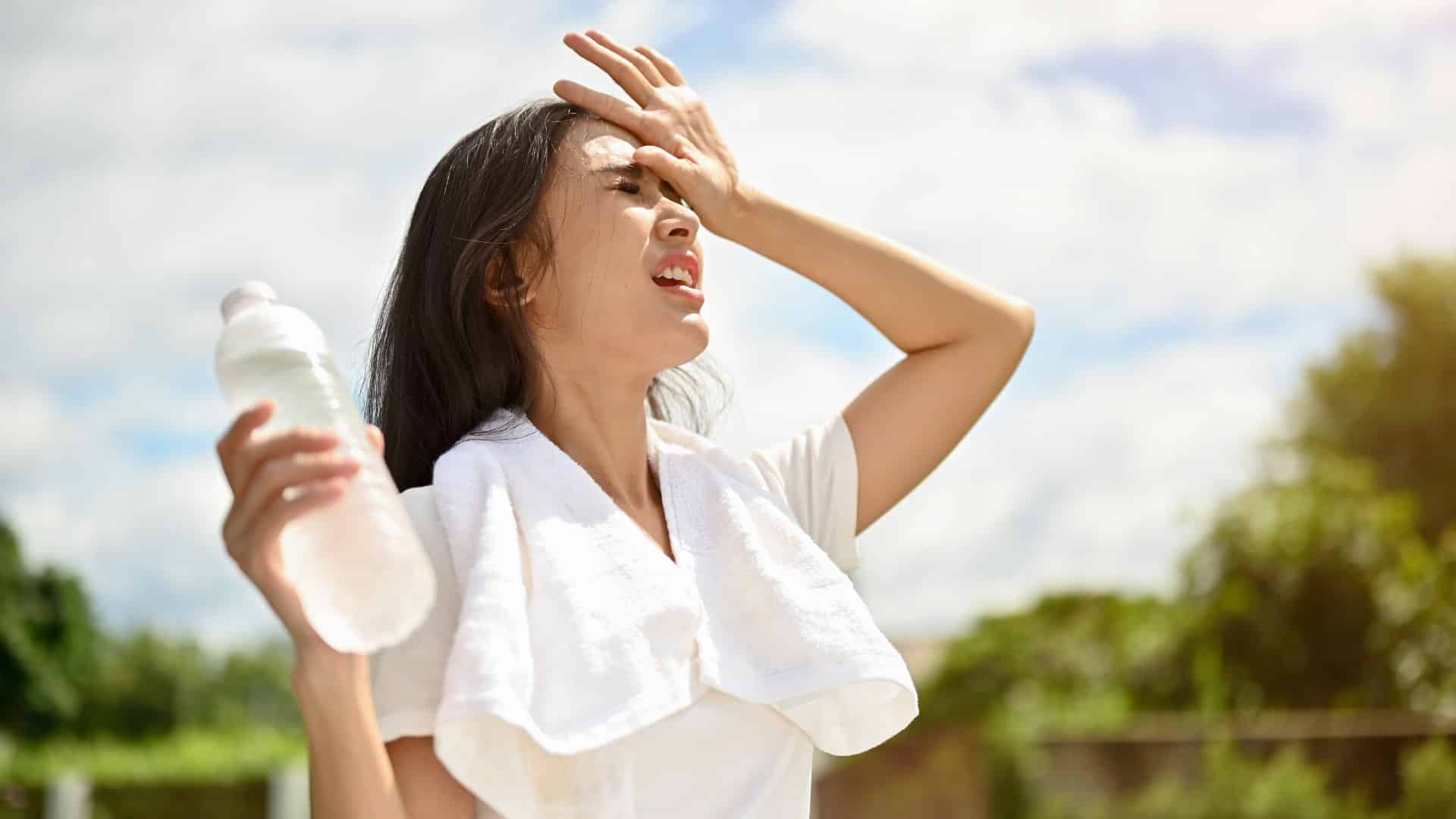
Exercising in the Texas heat is not new for those who value outdoor fitness. Last summer, Texans faced scorching temperatures that soared into the triple digits, making headlines across the nation. As we approach another summer, we need to understand the risks associated with exercising in extreme heat and how to stay safe while pursuing fitness goals. With proper precautions and awareness, you can still enjoy outdoor activities without putting your health at risk.
Understanding the Risks
Exercising in hot weather poses various risks to your health, including heat exhaustion, heatstroke, dehydration, and sunburn. According to experts from the American Heart Association (AHA), high temperatures coupled with physical exertion can strain the body’s ability to regulate temperature, leading to potentially life-threatening conditions. Moreover, the humidity prevalent in Texas can exacerbate these risks by hindering sweat evaporation, which is crucial for cooling the body.
Hydration Is Key
One of the most critical factors in staying safe during summer workouts is proper hydration. Sweating is the body’s natural mechanism for cooling down, but it also leads to fluid loss. It’s important to drinking plenty of water before, during, and after exercise to maintain hydration levels. The American Heart Association recommends drinking water regularly, even if you don’t feel thirsty, to prevent dehydration and support optimal performance. Additionally, avoiding alcoholic and caffeinated beverages is advisable as they can contribute to dehydration.
Time Your Workouts Wisely
In Texas, the hottest part of the day typically occurs between late morning and early evening. To minimize exposure to extreme heat, consider adjusting your workout schedule to the cooler hours of the day. Early mornings or late evenings are ideal times for outdoor activities as temperatures are lower, reducing the risk of heat-related illnesses. If exercising during peak heat hours is unavoidable, seek shaded areas or indoor facilities with air conditioning to stay cool.
Dress Appropriately
The clothing you wear can significantly impact your comfort and safety during summer workouts. Opt for lightweight, breathable fabrics that allow sweat to evaporate, aiding in the body’s natural cooling process. Light-colored clothing reflects sunlight, helping to keep you cooler than dark colors that absorb heat. Additionally, wearing a wide-brimmed hat and sunglasses can provide protection from the sun’s harmful UV rays, reducing the risk of sunburn and heat-related illnesses. (NPR.org)
Listen to Your Body
It’s essential to pay attention to your body’s signals, especially when exercising in hot weather. Take frequent breaks and rest in shaded or air-conditioned areas if you start feeling overheated. Symptoms of heat exhaustion include heavy sweating, weakness, dizziness, nausea, and headache. If you experience any of these symptoms, stop exercising immediately, hydrate, and cool down until you feel better. (American Heart Association)
Adjust Your Intensity
High-intensity workouts may be challenging to sustain in extreme heat and humidity. Consider modifying your exercise routine by reducing intensity or duration to prevent overheating and exhaustion. Listen to your body and gradually acclimate to the heat by starting with shorter workouts and gradually increasing intensity as your tolerance improves.
When to Go to the ER
If you’re exercising in the summer heat and suddenly feel sick, there are several signs that indicate you should go to the emergency room:
Heat Exhaustion Symptoms: If you experience symptoms such as heavy sweating, weakness, nausea, vomiting, dizziness, headache, muscle cramps, or a rapid heartbeat after exercising in the heat, you may be suffering from heat exhaustion. If these symptoms are severe or don’t improve with rest and hydration, seek medical attention promptly.
Heat Stroke Symptoms: Heat stroke is a life-threatening emergency that requires immediate medical attention. Symptoms include a high body temperature (above 104°F or 40°C), hot and dry skin (no sweating), confusion, agitation, rapid breathing, rapid heartbeat, and possibly loss of consciousness. If you or someone else shows signs of heat stroke, call emergency services immediately.
Dehydration: Severe dehydration can occur quickly, especially during intense exercise in hot weather. Symptoms include excessive thirst, dark urine, dry mouth, fatigue, dizziness, and confusion. If you’re unable to re-hydrate adequately or if symptoms persist despite drinking fluids, seek medical help.
Heat-related Illnesses: Other heat-related illnesses, such as heat cramps (painful muscle contractions), heat rash (red and itchy skin), or heat syncope (fainting), may also require medical attention if symptoms are severe or persistent.
In general, if you feel unusually sick or experience severe symptoms while exercising in the summer heat, it’s important to listen to your body and seek medical help if needed. It’s always better to err on the side of caution, especially when dealing with potential heat-related emergencies.
Exercise in the Texas Heat with Safety in Mind
Exercising in the Texas heat can be a rewarding experience, but it’s essential to prioritize safety above all else. By understanding the risks associated with hot weather workouts and implementing proper precautions, you can enjoy outdoor activities while minimizing the risk of heat-related illnesses. Remember to stay hydrated, time your workouts wisely, dress appropriately, listen to your body, and adjust your intensity as needed. With these strategies in mind, you can stay safe and healthy while staying active in the summer heat.
Works Cited
NPR. “How to Heat-Proof Your Summer Workout.” NPR, 19 July 2021, www.npr.org/sections/health-shots/2021/07/19/1016989389/how-to-heat-proof-your-summer-workout.
American Heart Association. “How to Stay Active in Warm Weather.” American Heart Association, www.heart.org/en/healthy-living/fitness/getting-active/how-to-stay-active-in-warm-weather.
Houston Emergency. “Extreme Heat: Tips to Stay Cool.” Houston Emergency, www.houstonemergency.org/extreme-heat-tips-to-stay-cool/.
